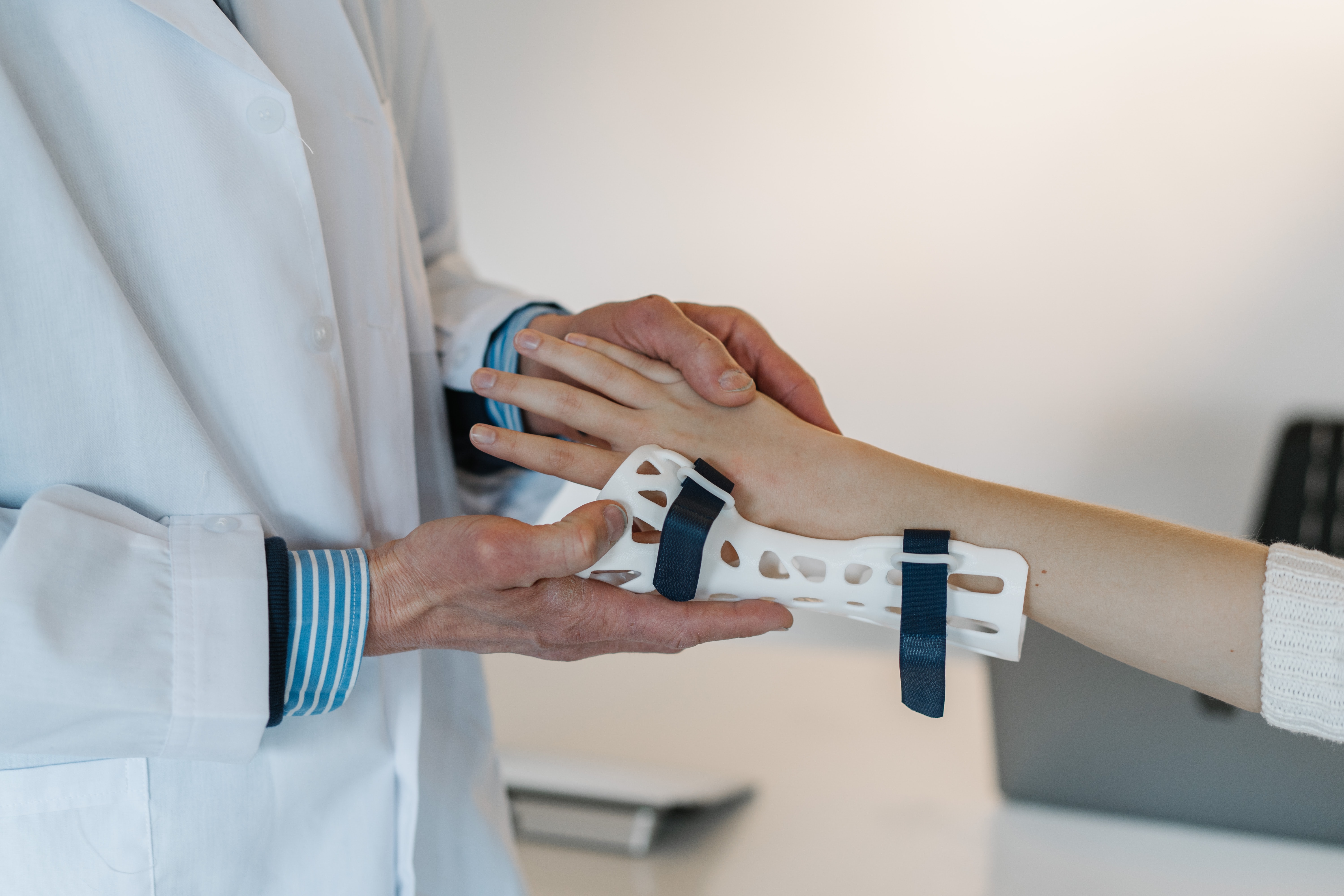New guidelines intend to help educate parents on appropriate opioid use following a child’s surgery.
Guidelines recently released in the November issue of JAMA Surgery by a panel organized by the American Pediatric Surgical Association Outcomes and the Evidence-based Practice Committee offers insight into prescribing opioids to children after surgery. The article details the benefits of administering opioids to this vulnerable population that, nevertheless, is at low risk of developing an opioid use disorder (OUD).
“It’s important to understand that children undergo a lot of painful procedures,” said Dr. Lorraine Kelley-Quon, lead author and a pediatric surgeon at Children’s Hospital Los Angeles. “They have real pain; opioids can help.”
Matthew Kirkpatrick, a co-author and assistant professor in the department of preventive medicine at the Keck School of Medicine at the University of Southern California, added, “We don’t want to contribute to scaring parents and to scaring physicians about undertreating pain.” From the data they reviewed, he said, “Kids that use these medications as prescribed are at very low risk for abuse and dependence either in the short term or the long term.”

Dr. Elliot Krane, the chief of pediatric pain management at Stanford Children’s Health, disagrees, however. After reviewing the new guidelines, he said, “The concern is that the paper is going to discourage the appropriate use of opioids, though I know that wasn’t the intent of the authors. The reason I think that’s the risk is they set up their recommendations with a premise which I think is untrue, that kids are dying and becoming addicts at an increasing rate.” He added, “I think the evidence that opioid abuse is increasing in children is very weak; I think the evidence in children that prescription opioids lead to later abuse isn’t there at all.”
Dr. Scott Hadland, a pediatrician and addiction specialist at Boston Medical Center, added, “While I agree with the recommendations, I agree also with the concern from the pain community that risk may be overstated – may not be as large as some of the earlier studies have suggested.”
In determining whether children are at risk of developing an OUD, Kirkpatrick explained, “It all boils down to access. The imperative is to make sure that parents and physicians get the right information to manage the dispensing of the medication to their kids and the access that their kids have to the medication. The parent should be highly engaged in managing the child’s pain, in making sure the child gets the medication to manage the pain, but the child does not have access to the drug on their own.”
He said overprescribing by physicians is at the heart of most OUD diagnoses. In data from a national survey on drug use and health, he said, “Kids were most likely to get medication they had misused from friends or family members, but when they were asked where that person had gotten it, it was often from a doctor.”
Dr. William Zempsky, the division head of pain and palliative medicine at Connecticut Children’s Medical Center, noted in support of the study, “We need to do things right, but we don’t need to scare people. Kids continually are at risk for lack of appropriate postoperative surgical management because of fear of opioid addiction.”
The guidelines are intended to help manage this fear by offering data on the risks associated with prescribing (rather than overprescribing) opioids to children post-surgery. While the data is still in its infancy, educating parents is the primary focus.
Sources:
New Guidelines Cover Opioid Use After Children’s Surgery
Guidelines for Opioid Prescribing in Children and Adolescents After Surgery


Join the conversation!